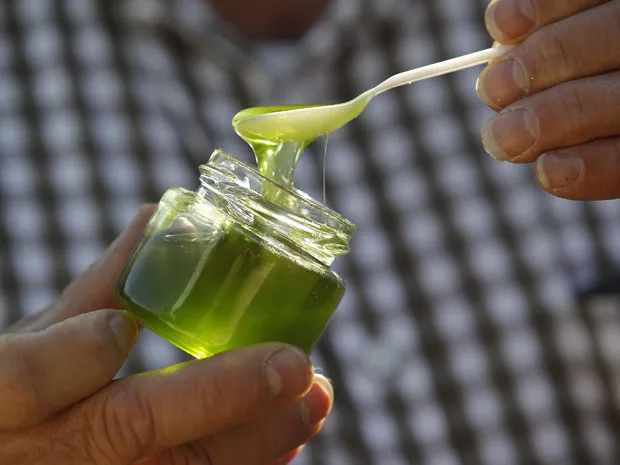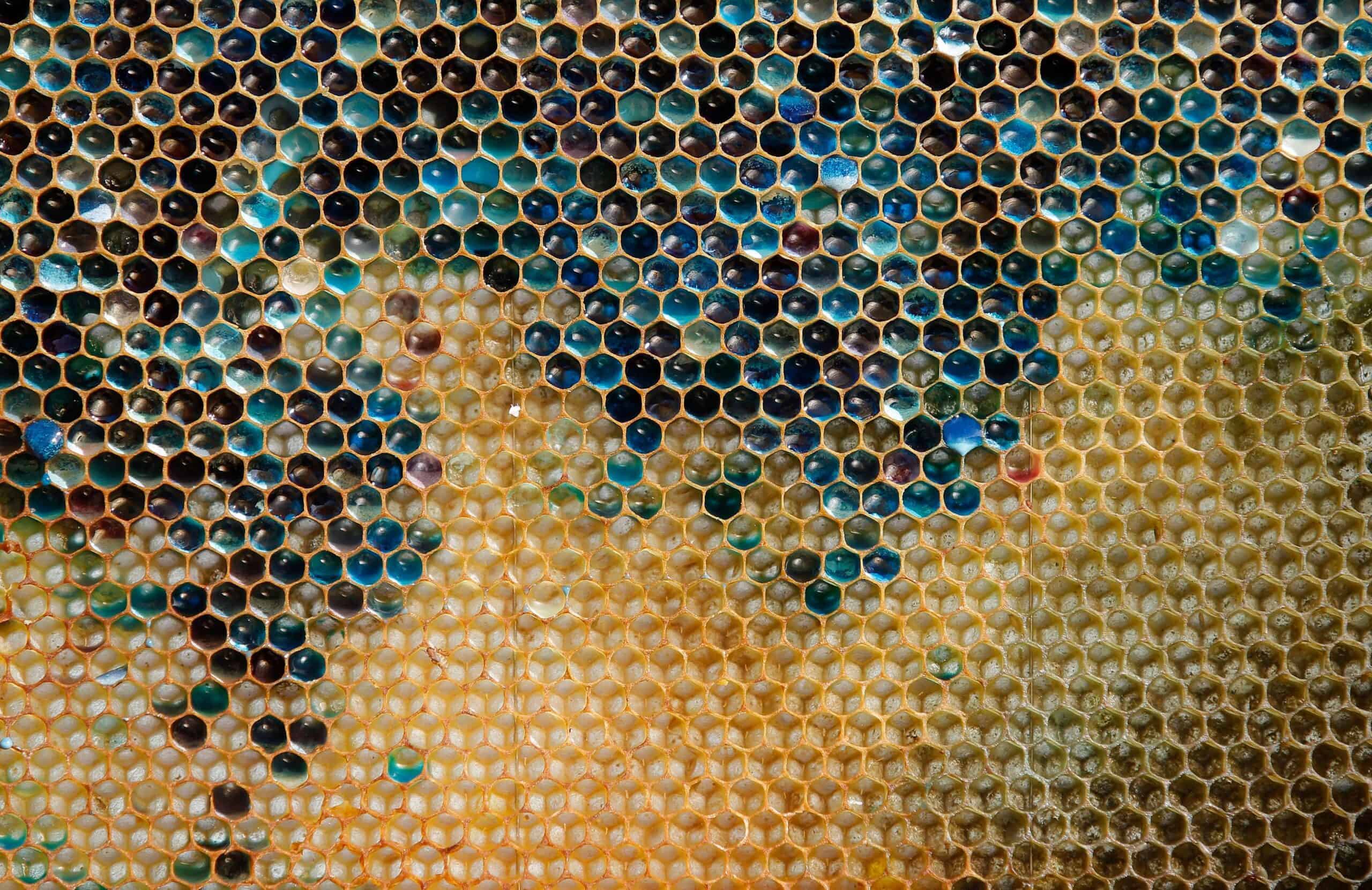In the peaceful town of Ribeauvillé, nestled in northeastern France’s scenic Alsace region, local beekeepers were buzzing with confusion. Their hives, known for producing golden, aromatic honey, began yielding a bizarre product—honey in shades of vibrant green and bright blue. At first, it seemed like a scientific anomaly or perhaps even a prank. But as jars of unusually colored honey began to fill shelves, concern quickly turned into investigation.
What started as a puzzling oddity soon became a cautionary tale about how human industry can impact the natural world in the most unexpected ways. The mystery of the blue honey captured attention not only for its surreal appearance but also for what it revealed about bees’ adaptability—and vulnerability.
Bees Lured by Candy Waste

As the bewildered beekeepers investigated further, they traced the unlikely culprit: a nearby biogas plant operated by Agrivalor. The facility, located just a few miles from the apiaries, was processing sugary waste from a Mars chocolate factory, specifically waste containing remnants of brightly colored M&M candy coatings.
With fewer natural nectar sources available—likely due to poor weather and seasonal challenges—the bees had turned to an easier, sweeter alternative. Drawn to the sugary syrup, the bees began feeding on the processed candy waste instead of flowers. The result? Their honey was tinted by the dyes from the M&M shells, turning it shades of green and blue.
As whimsical as it sounds, the incident served as a surprising reminder of how bees will adapt their foraging behaviors when natural food sources are scarce.
When Honey Turns Unsellable

While the blue and green honey may have intrigued curious onlookers and sparked viral headlines, it spelled bad news for the beekeepers of Ribeauvillé. Despite its peculiar colors, the honey was deemed unsellable. Honey consumers typically associate its natural hues—amber, golden, or dark brown—with purity and quality. Blue and green honey, however novel, fell far outside consumer expectations.
The local beekeeping community, already grappling with declining bee populations and unpredictable harvests, found themselves facing financial losses due to this unexpected twist. The honey, while technically safe, couldn’t be marketed through traditional channels. Some even joked that perhaps it could sell on St. Patrick’s Day—but the truth is, consumers aren’t ready for candy-colored honey on their toast.
Lessons in Coexistence Between Nature and Industry

The company responsible for the incident, Agrivalor, responded quickly. Upon learning of the bees’ unusual behavior, they implemented new procedures to store candy waste in sealed containers and process it promptly to avoid further contamination. Their efforts were well-received by the beekeeping community, but the incident sparked wider discussion about the unintended consequences of industrial activity on wildlife.
Beekeeping associations and environmental advocates emphasized the importance of ensuring better safeguards around waste management—especially near natural ecosystems. Bees, clever as they are, will always follow the scent of sugar. In times of floral scarcity, they’ll find the next best thing—even if it’s candy factory leftovers.
A Deeper Look at Bee Behavior and Environmental Impact

Experts also noted that the incident offered fascinating insights into bee behavior. Bees are highly adaptive creatures. When weather conditions, urban development, or agricultural practices limit natural forage, bees are quick to search for alternative sugar sources. This has led them to soda spills, juice containers, and even syrup traps in some regions around the world.
The colored honey incident is a stark illustration of how vulnerable pollinators are to their environment. With bee populations declining globally due to habitat loss, pesticides, and disease, even minor shifts in their surroundings can significantly alter their behavior—and livelihoods of those who depend on them.
Conclusion

The story of France’s blue honey may have amused headlines, but it also serves as a poignant lesson. It’s a vivid reminder of the delicate relationship between nature and industry, and how even the most minor disruptions can ripple through ecosystems in unexpected ways.
For beekeepers and environmentalists alike, it underscores the importance of protecting natural habitats and ensuring that our waste management practices don’t accidentally interfere with the lives of our tiniest pollinators. And for the rest of us, perhaps it’s a reason to look more closely at the journey behind every spoonful of honey—and to appreciate the quiet, vital work of the bees who make it.
So next time you drizzle honey on your toast, remember: in one corner of France, bees once made it blue—and not by choice.
- In 2012, French Bees Turned Honey Blue After Snacking on M&Ms - August 17, 2025
- Earth’s Massive ‘Gateway to Hell’ Has Tripled in Size in 30 years and is Now Visible from Space - August 17, 2025
- Watch: Elephant Climbs Lodge Wall to Steal Mangos - August 17, 2025

